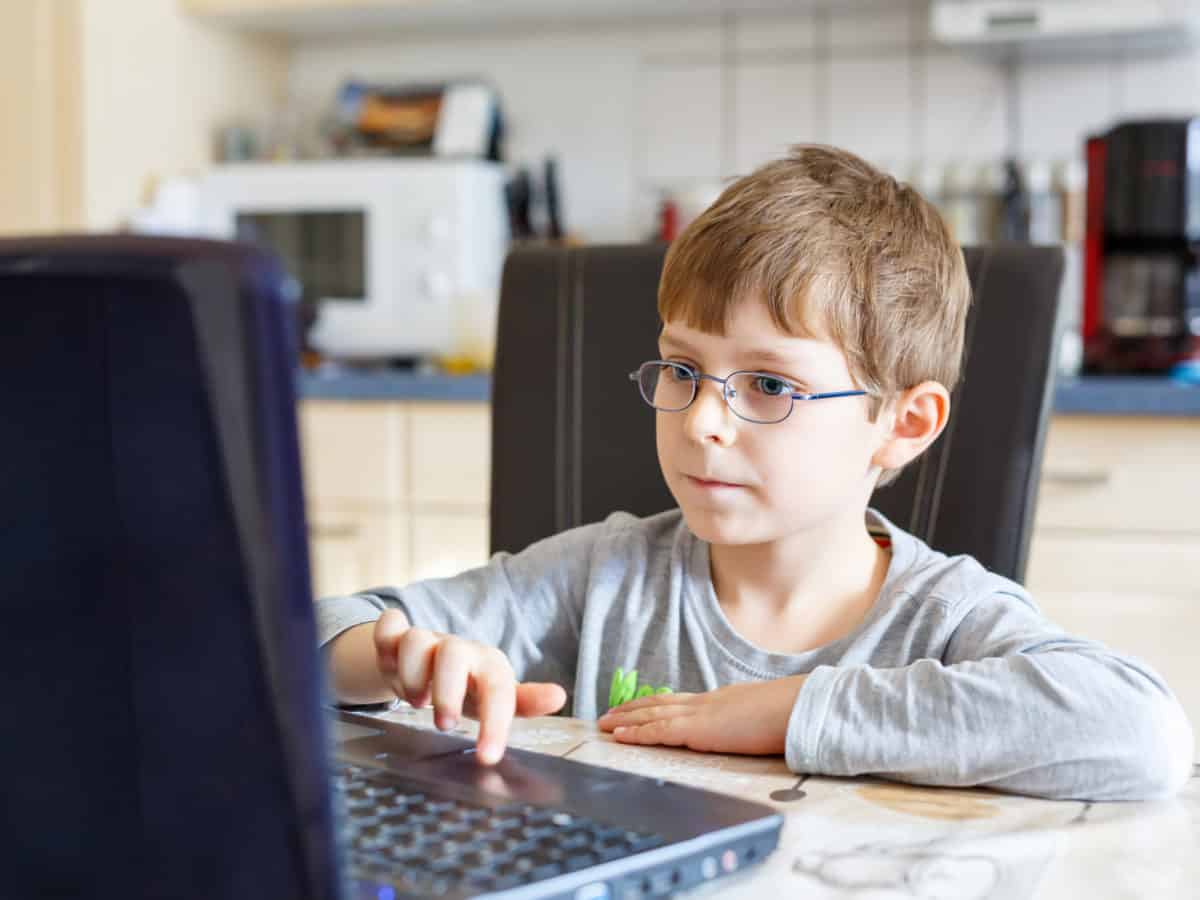

A famous phrase goes: If you show me your calendar, I will tell you what your priorities are. As we settle into the new reality for K-12 education, many challenges continue to demand our time and attention: strategic planning, academic advising, hybrid scheduling, and more. That said, there is a strategic priority that schools are doubling down on and prioritizing time for in their fall schedule.
Social-emotional learning (SEL) is quickly becoming a game-changer for educators to assess their student’s well-being during these difficult times, and it will be essential as schools start classes this fall.
A recent article in The New York Times reported, “The shuttering of the American education system severed students from more than just classrooms, friends and extracurricular activities. It has also cut off an estimated 55 million children and teenagers from school staff members whose open doors and compassionate advice helped them build self-esteem, navigate the pressures of adolescence, and cope with trauma.”
Schools requiring SEL not only have a better pulse on their students’ individual needs and well-being; they also create a positive climate for the entire community, including school faculty and staff. Just as educators prioritize core subjects like math, science, and English, social-emotional learning should be prioritized and required for every student, each week.
Below are three key learnings our team at The Social Institute has uncovered with students, school leaders, and researchers when it comes to prioritizing SEL.
1. Students are asking for more community time and a place to process.
Mandatory advisory encourages students to be intentional with how they assess their mental health and gives them time to connect with other students and teachers.
These check-ins will be even more important as we transition into learning in the fall, however, that might look for your school community. Creating this margin for students gives them permission to pause and really consider their own well-being.
“Advisory is really helping students right now because it’s an important time when we can talk about what we’re going through. It’s a chance to exchange ideas and know that we’re not alone.” said Ryan, a rising 12th-grade student at St. Margaret’s Episcopal School in California.
According to students across the country, what they are truly craving is community time, which shows how important it is for schools to prioritize SEL and provide time for students to strengthen peer relationships. Our latest #WinAtSocial data shows that 56% of 5th-8th grade students are most looking forward to attending school events and socializing with friends once they’re physically back in school. We predict school sporting events and dances will hit record attendance once they are able to be held safely again.
We spoke with Angela Mackenzie, the director of library and digital literacy at St. Margaret’s Episcopal School in California, and she shared that, “During virtual learning, advisory ended up being a fun bonding time because the kids just needed a break. They were going to all of their classes, inundated with school work, and they needed to use this time to connect. Fitting in mandatory SEL is definitely doable.”
2. Mandatory SEL is worth the investment.
Research shows that SEL is an investment worth making. According to a report from CASEL, 97% of principals believe teaching SEL will improve behavior and development. Furthermore, Columbia University researchers concluded that for every $1 a school invests in SEL, they achieve an $11 return-on-investment (ROI) through savings on costs not incurred for intervention.
In addition to ROI, we have also seen that SEL increases the emotional investment in the well-being of students. “We learned that the small group environment in advisory is where we were able to identify the students that really needed more of us and needed help,” shared Mackenzie, when asked about the benefits of grade level meetings versus small group advisory.
CASEL also reports that schools that are systematically implementing SEL see more academic success in areas like developing student knowledge in key subject areas, developing students’ ability to apply skills in real-world situations, and developing students’ critical-thinking and reasoning.
Mackenzie shared that St. Margaret’s Episcopal School has really taken this to heart. She says, “We’ve redesigned our schedule for the fall and I can happily say that, although there may have been some give and take, we did not cut advisory. We instead took time from tutorials and built that into other places. Right now it’s looking like advisory will be at least twice a week.”
3. SEL advisory impacts teacher’s well being, too.
Schools are also recognizing that prioritizing SEL has greatly benefited teachers and staff, along with the student body. Mackenzie smiled on our Zoom call as she shared, “The faculty need this as much as the students do. It can only help us in our teaching, in how we love our students every day, and in how we make them feel cared for. Having that connection with just a handful of students on a deeper level is good for our mental health, too. It makes us better teachers.”
Charting the course for mandatory SEL
As you consider implementing social-emotional learning this fall, consider these three best practices that we have heard from school leaders across the country.
- Make it turnkey for teachers: Teachers are fatigued from remote learning and their time is precious. A study from Transforming Education shows the average teacher spends four hours per week planning SEL lessons. Instead of dedicating four hours to mostly planning a SEL lesson, find a turnkey program that gives them the space to be fully present in the classroom and focus on facilitating conversations with their students. A turnkey SEL curriculum is a win-win scenario for both students and teachers.
- Shorter sessions can be most impactful: Scheduling just 20 minutes once a week where students meet in a group to discuss what’s going on in their lives and how they’re coping can reap huge benefits.
- Empower students to lead: Unlike most academic courses that are “top down” (where the adults know more than the students), social-emotional learning can be most effective when it’s “bottom up.” Inviting students to coach up and help others make positive decisions is a recipe for positive peer influence and a stronger school culture.
Connecting on a genuine level can fuel a strong school culture, and conversations about social-emotional health can bring out the humanity in each of us. In fact, one of our student ambassadors at The Social Institute recently shared, “Our SEL sessions have helped me see my teacher as an actual human, not just my teacher. They don’t always have all the answers, and that’s okay.”
We are moving into an uncertain school year ahead, and yet, what remains certain is that we have an extraordinary opportunity to support students and the five inches between their ears — now more than ever.
To learn more about The Social Institute, click here.


